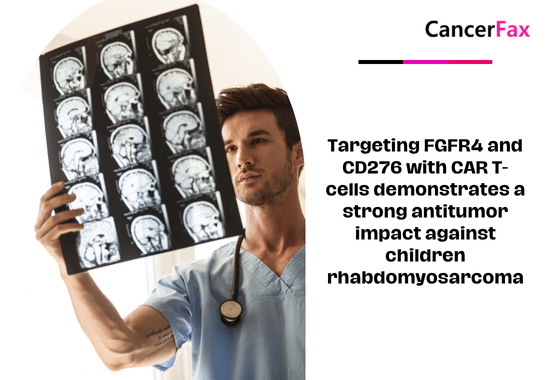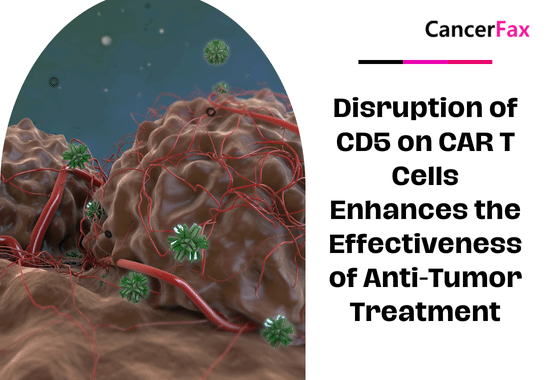Key points for diagnosis and treatment of tumors at the junction of gastroesophagus
1 Gastroesophageal junction (GEJ) adenocarcinoma occurs at the junction of the esophagus and stomach.
2 Accurate preoperative staging is the key to surgical decision: gastroscopy, CT and ultrasound endoscopy.
3 According to the anatomical location, GEJ tumors can be divided into three subtypes: distal esophageal cancer (type I), cardia cancer (type II) or subcardia cancer (type III).
4 According to this classification, the diagnostic accuracy of the tumor location is about 70%.
5 The seventh edition of the TNM Fenqi system recommends that GEJ tumors be divided into esophageal or gastric tumors according to the central location and extent of tumor occurrence.
Surgical
These include total esophagectomy, total gastrectomy, and esophagectomy.
The ultimate goal of surgery
1 Radical resection (R0).
2 Adequate range of lymph node dissection.
3 Cure or prolong overall survival.
4 The lowest complication rate and mortality rate.
5 Provide the best postoperative quality of life (QoL)
Intestinal adenocarcinoma VS cardia mucosa-associated adenocarcinoma
There are two different ways of tumorigenesis: the intestinal type route originates from intestinal metaplasia (Barrett’s esophagus) (Siewert type I), and the non-intestinal type route originates from cardia mucosal tissue (Siewert type II / III).
The expression of nuclear β-catenin and EGFR are significantly different.
How to determine the source of cardiac adenocarcinoma?
Tumor histology, gastric mucosa histology and gastroesophageal reflux history are the three main factors that determine the origin of GEJ adenocarcinoma from the esophagus or stomach.
The key issues of GEJ tumor surgery
Accurate preoperative staging?
The choice of surgical method?
Lymph node dissection range?
What is the source of surgery?
The mode of comprehensive treatment?
Difference in quality of life?
Oncology outcome?
Positive circumcision margin (CRM) is more common in patients who have undergone gastrectomy for Siewert type II GEJ adenocarcinoma.
Esophagectomy can get a more complete paraesophageal lymph node dissection.
The high rate of mediastinal lymph node metastasis suggests that for Siewert type II GEJ tumors, lymph node dissection in this area should be considered.
The choice of surgery and prognosis
For patients with Siewert I, II, and III type GEJ adenocarcinoma who underwent R0 resection and at least 15 lymph nodes, the margin from the proximal esophagus is greater than 3.8 cm (refers to the measurement length in vitro, the margin in the body should be greater than 5 cm) and good The prognosis is related.
Surgical goal of GEJ adenocarcinoma: to achieve R0 resection and clean up no less than 15 lymph nodes. For example, the proximal esophageal resection margin is larger than 5 cm.
Siewert type I: According to the operator’s preference, choose transthoracic esophageal cancer resection (TTE) or transseptal esophageal cancer resection (THE).
Siewert II or III: The surgical method should be selected according to the individual patient.
Scope of comprehensive treatment
For patients with esophageal cancer that is locally resectable and can tolerate surgery, it is recommended that three treatments be used in combination, namely neoadjuvant chemoradiation plus surgery.
The combination of the two treatment methods, radical radiotherapy and chemotherapy is suitable for: cervical esophageal cancer, tumors that can not be removed by surgery, the patient can not tolerate surgery because of physical conditions, and the patient refuses to operate.

